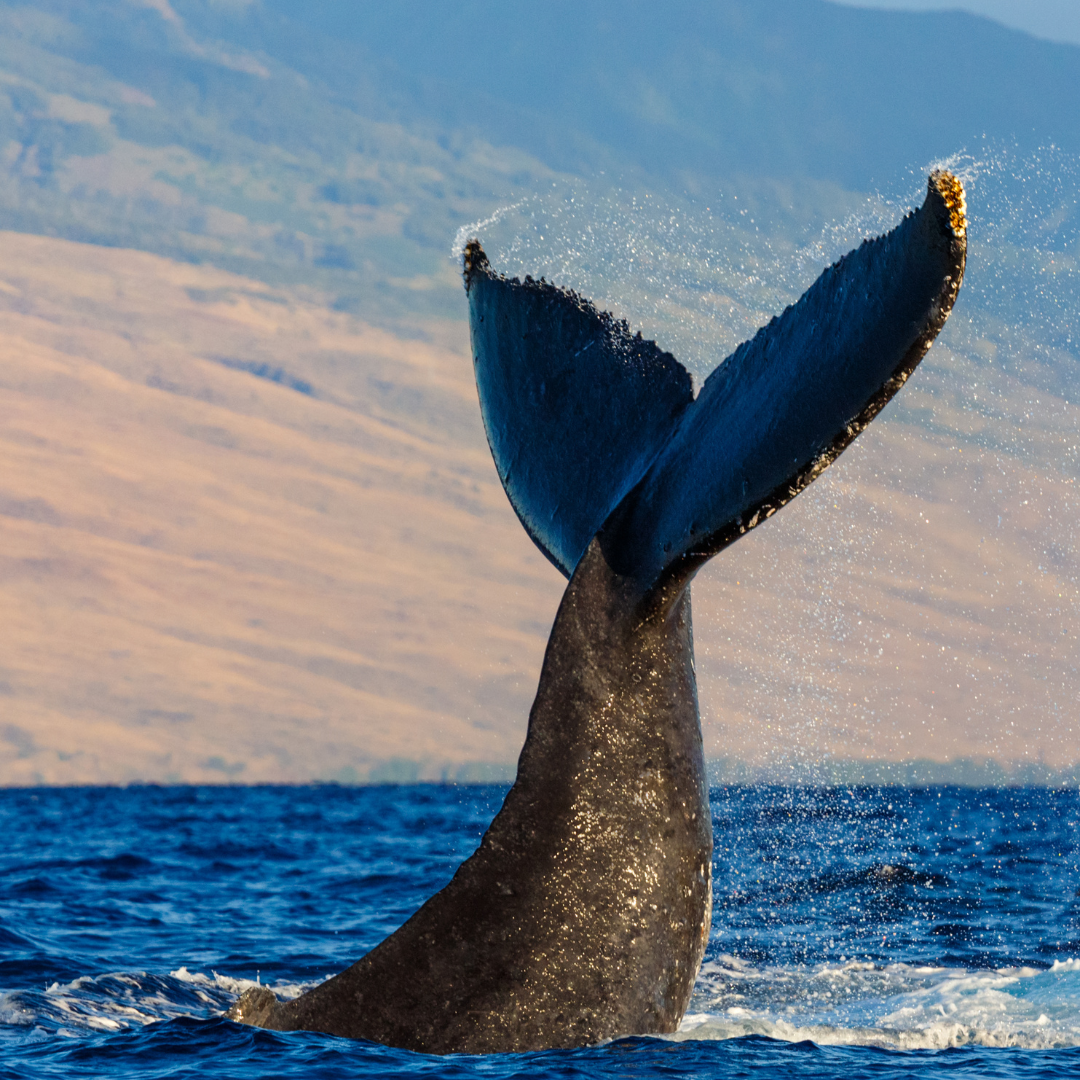Whale Watching Off Maui: The Best Times and Spots to Witness the Majestic Humpbacks

The warm and inviting waters off Maui become a theater of nature each year, playing host to one of the ocean’s most magnificent creatures: the humpback whale. Drawn by an ancient migratory instinct, these colossal beings converge here, offering spectators a front-row seat to a mesmerizing marine spectacle. Whale watching off Maui is not just an activity—it’s an experience, a chance to connect deeply with the vastness of the ocean and the mysteries it holds.
The Great Humpback Migration: Understanding the Phenomenon
The humpback whale migration is a journey of epic proportions. Covering thousands of miles, these whales travel from the cold, nutrient-rich waters of Alaska to the warmer climates of Hawaii. This annual voyage serves multiple purposes: birthing, nursing their young, mating, and escaping the icy Alaskan winter.
Maui, situated in the center of the Hawaiian archipelago, becomes a prime spot for these marine giants. The shallow Auau Channel between Maui, Lanai, and Molokai provides a protected area, making it an ideal nursery for mothers and their calves.
Peak Whale Watching Season: Timing Your Sail Right
While humpbacks can be spotted off Maui from late November to early May, the peak season runs from January to March. During these months, the waters are teeming with whales, ensuring almost guaranteed sightings.
However, the timing also aligns with Maui’s tourist season. To avoid large crowds and secure the best viewing positions, consider planning your trip during the start or end of the season, when the numbers are slightly fewer but the experience remains just as enchanting.
Best Viewing Spots: Where to Anchor for Optimal Sightings
Maui boasts numerous spots ideal for whale watching. The West Maui regions, including Lahaina and Kaanapali, are renowned for their clear waters and proximity to the whale’s migratory routes. South Maui, with areas like Kihei and Wailea, is another hotspot, offering panoramic ocean views.
For those on boats, anchoring in the Auau Channel increases the likelihood of close encounters, as the waters here are calm and favored by the whales, especially mothers and calves.
Respectful Whale Watching: Guidelines and Best Practices
Witnessing these gentle giants in their natural habitat is a privilege. It’s crucial to ensure that this experience doesn’t disturb the whales or disrupt their routines. Federal regulations dictate that boats should maintain a distance of at least 100 yards from the whales. Avoid sudden movements, and if a whale approaches the boat, remain calm and let them pass.
Turning off boat engines when near the whales and using binoculars to maintain a respectful distance are additional ways to ensure a harmonious experience.
The Role of Maui in Whale Research: Marine Conservation Initiatives
Maui isn’t just a viewing point; it’s at the forefront of whale conservation. Organizations like the Hawaiian Islands Humpback Whale National Marine Sanctuary actively work towards the protection and study of these marine mammals. They conduct research, educate the public, and engage with local communities to ensure the sustainable coexistence of humans and whales.
Maui’s commitment to conservation ensures that these waters remain a safe haven for humpbacks for generations to come.
Whale Behavior and Communication: Songs, Breaches, and Flukes
Humpbacks are communicative beings. Their songs—complex sequences of moans, chirps, and cries—can last up to 30 minutes and are believed to be mating calls. Observing a breach, where the whale propels itself out of the water, is a heart-stopping moment, demonstrating their sheer power and agility.
The lifting and slapping of their tail or fluke serves multiple purposes, from communication to removing parasites. Understanding these behaviors enriches the whale-watching experience, offering insights into their intricate social world.
Organized Tours and Expert Narration: Enhancing the Experience
While independent expeditions have their charm, organized tours, especially those led by marine biologists or seasoned experts, offer a nuanced perspective. They not only guide spectators to the best viewing spots but also provide detailed narration on humpback behaviors, communication patterns, and migratory habits. This guided experience turns a visual spectacle into an educational journey, deepening one’s appreciation for these marine marvels.
As the sun dips below the horizon, casting a golden hue over Maui’s waters, the silhouette of a humpback breaching becomes an emblem of nature’s grandeur. Whale watching off Maui is a symphony of sights and sounds, a dance of waves and whales, and an affirmation of life’s incredible wonders. It’s a reminder of our interconnectedness with nature and the responsibility we bear to protect and cherish every heartbeat of our blue planet.


